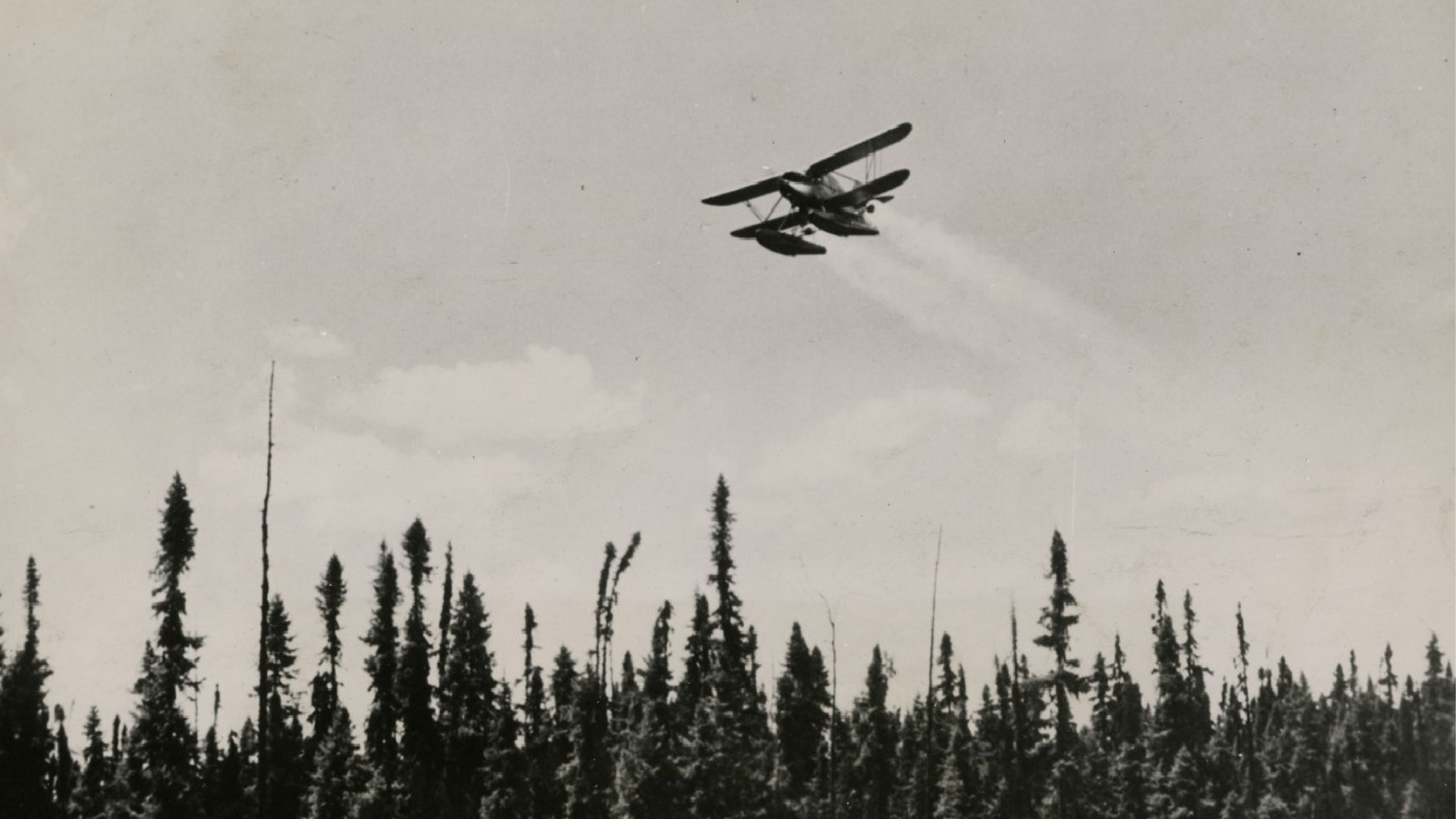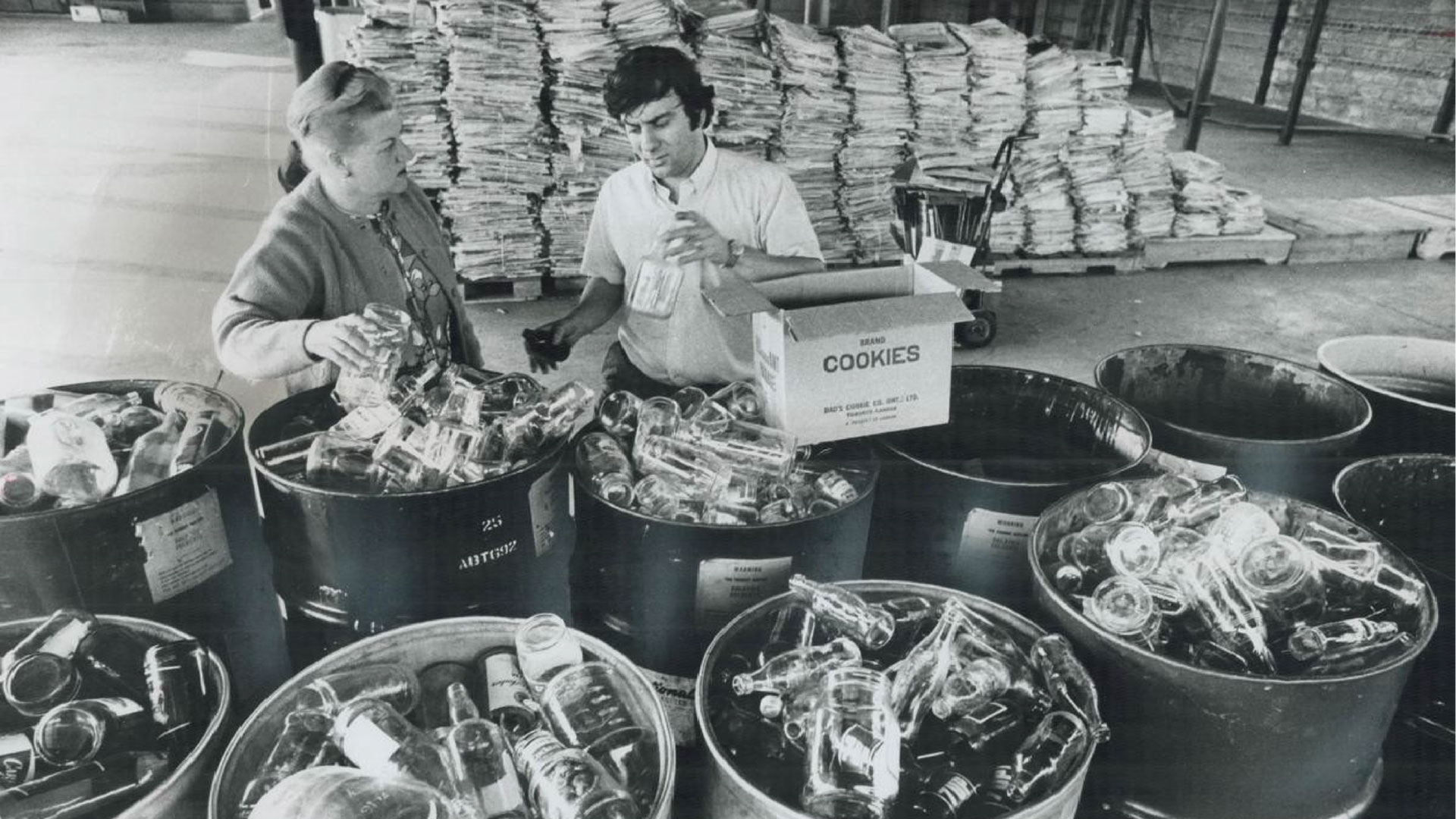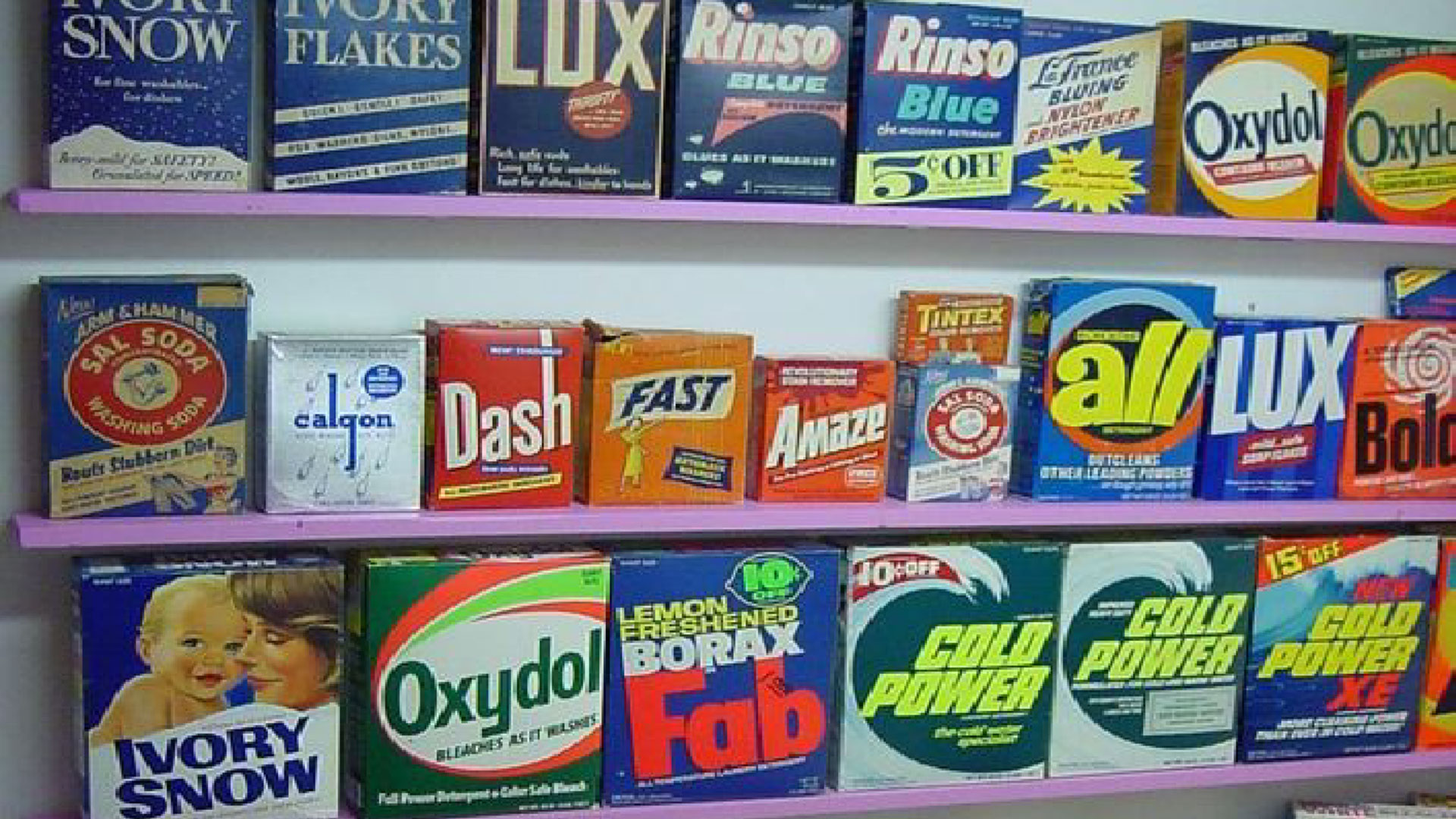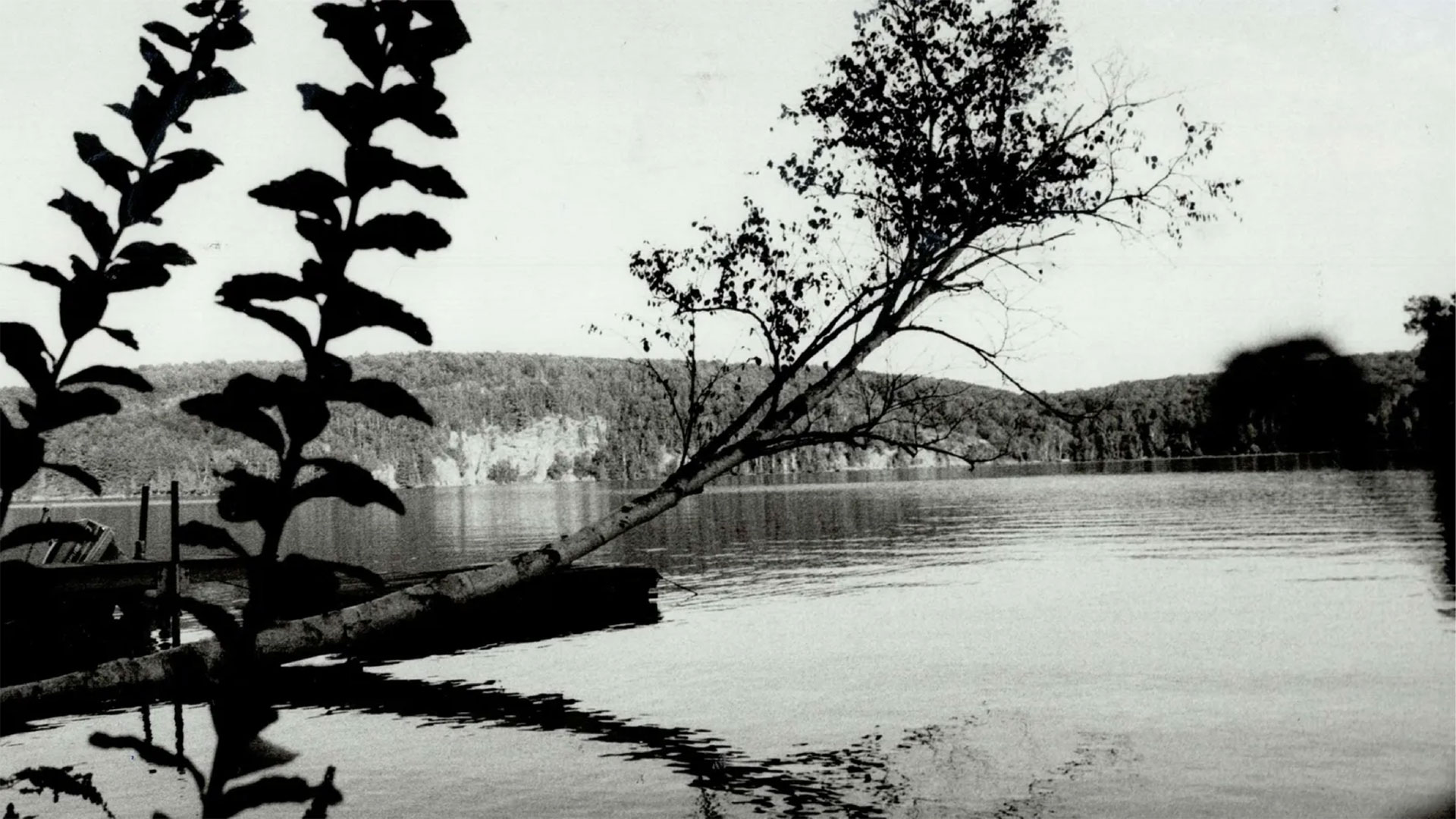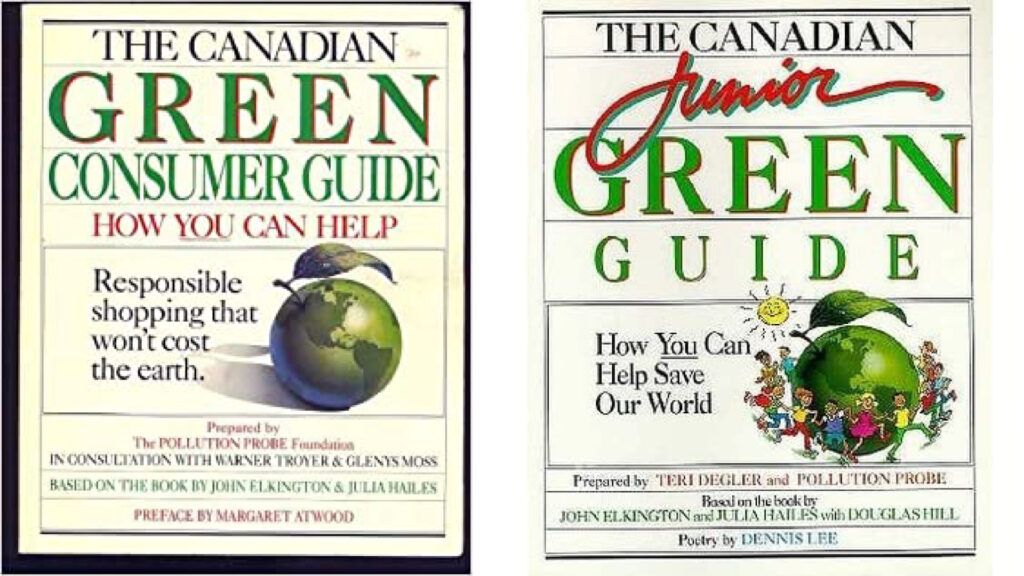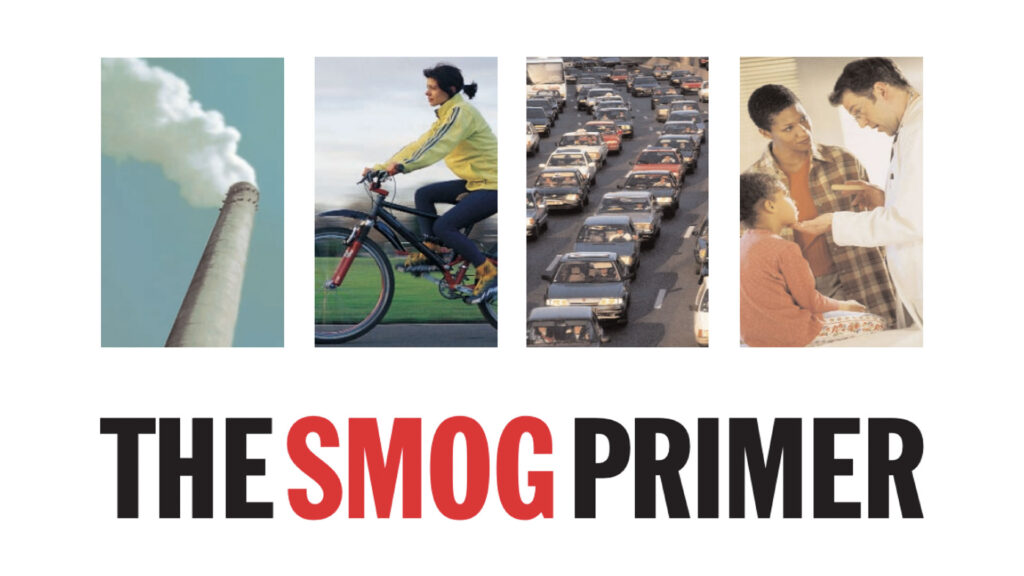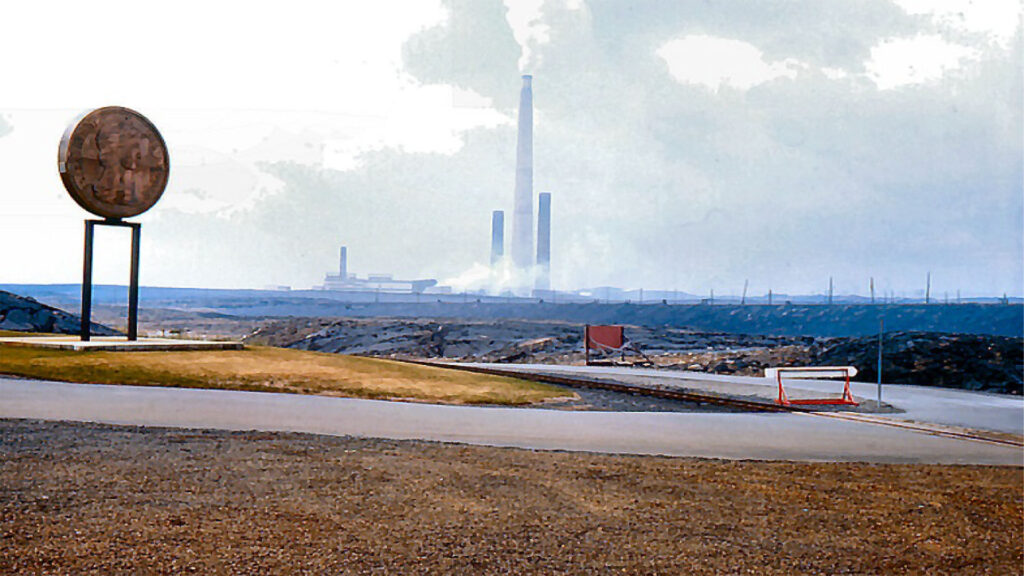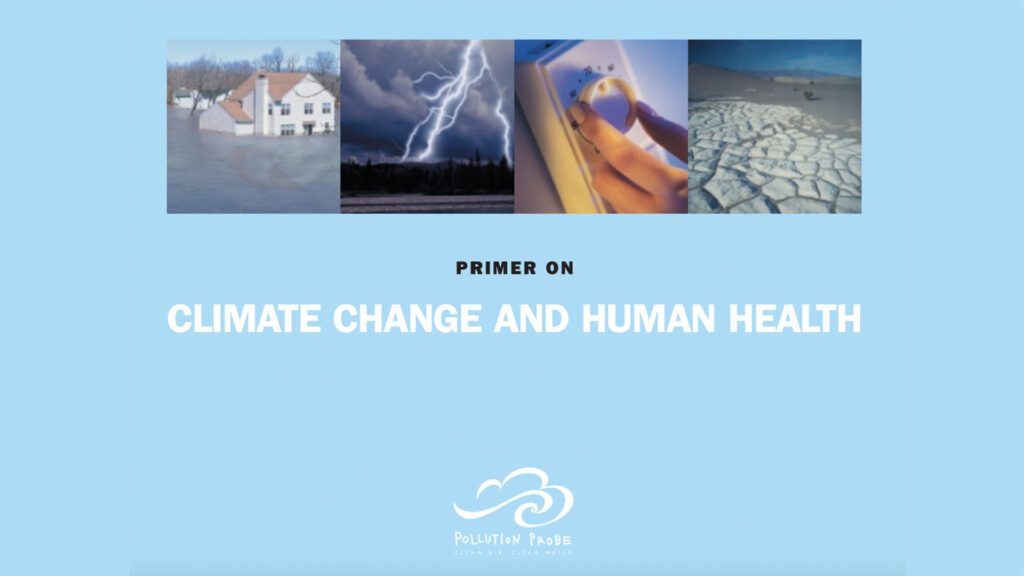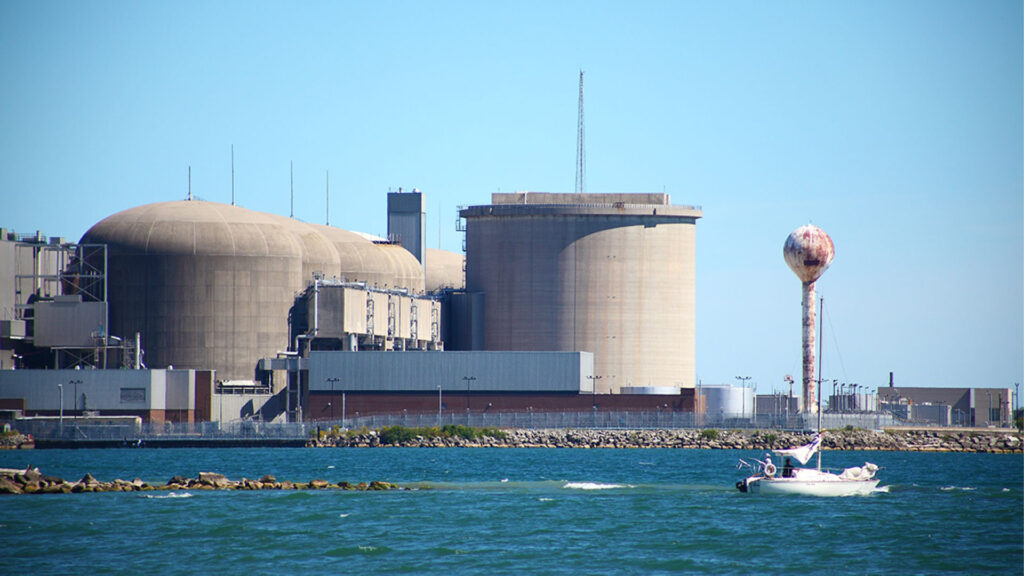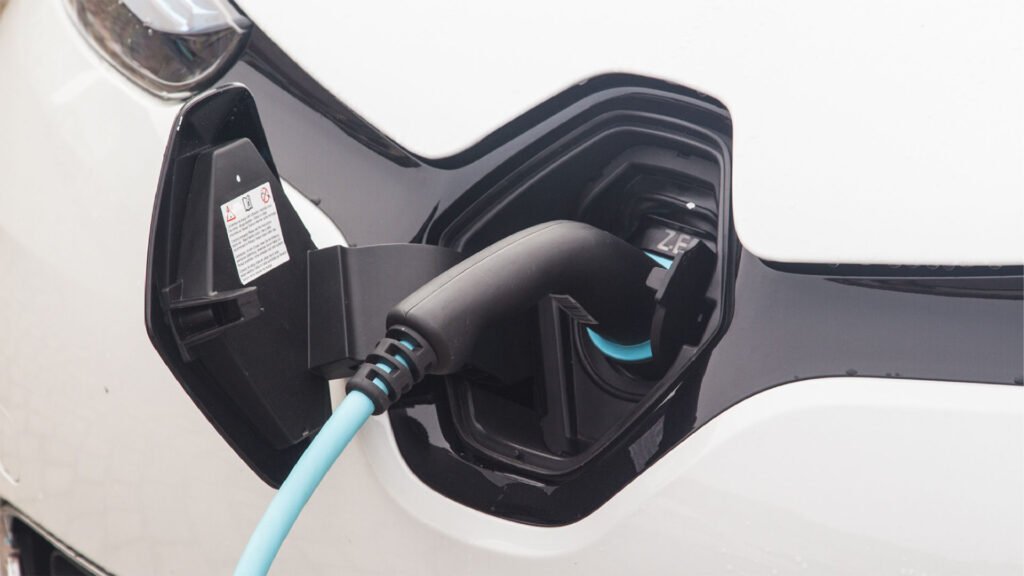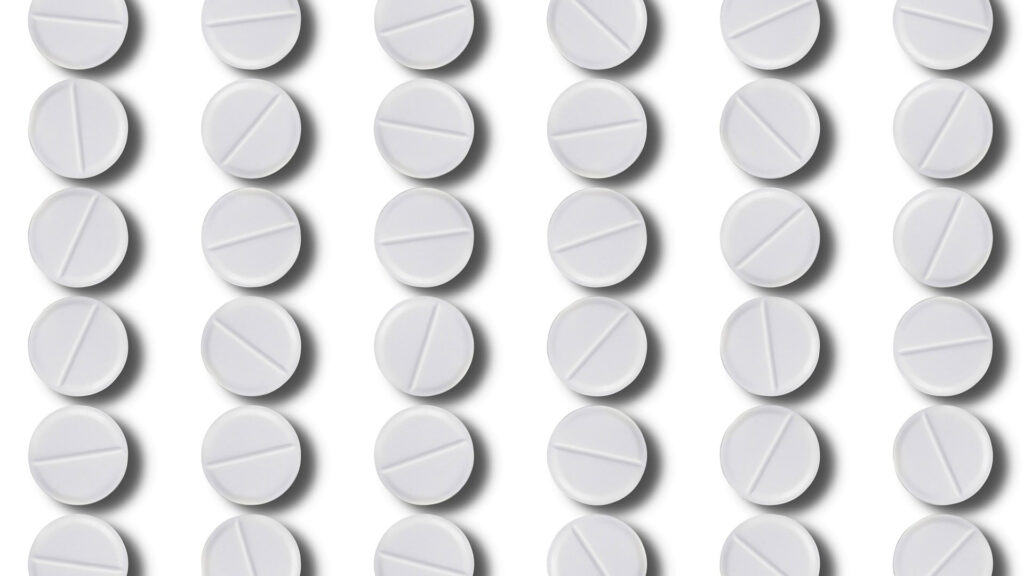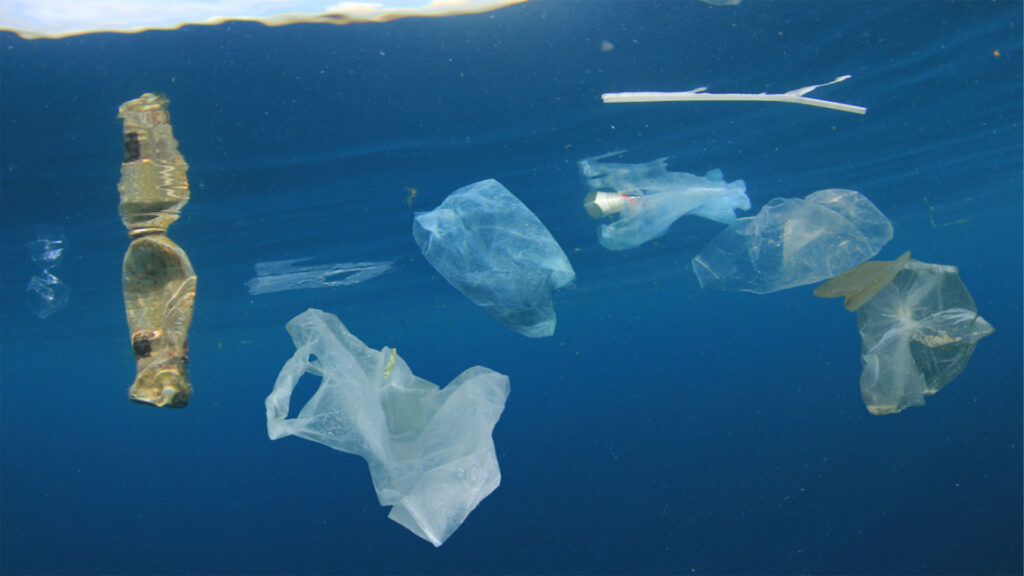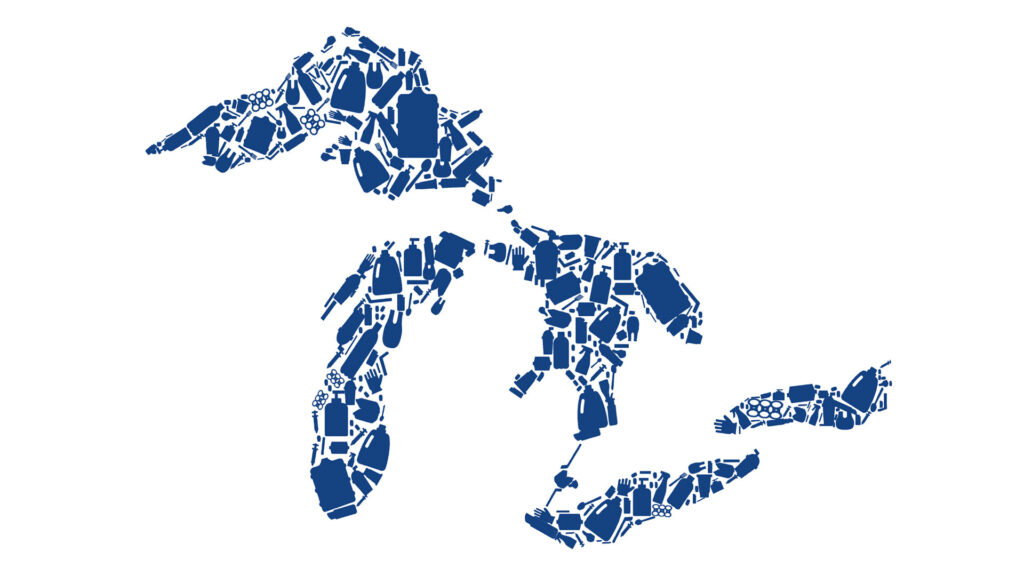In 1979, we were a key player in launching the Canadian Coalition on Acid Rain. The Coalition lobbied the Canadian and U.S. governments to pass legislation restricting acid-causing emissions.
Strategic Plan 2022
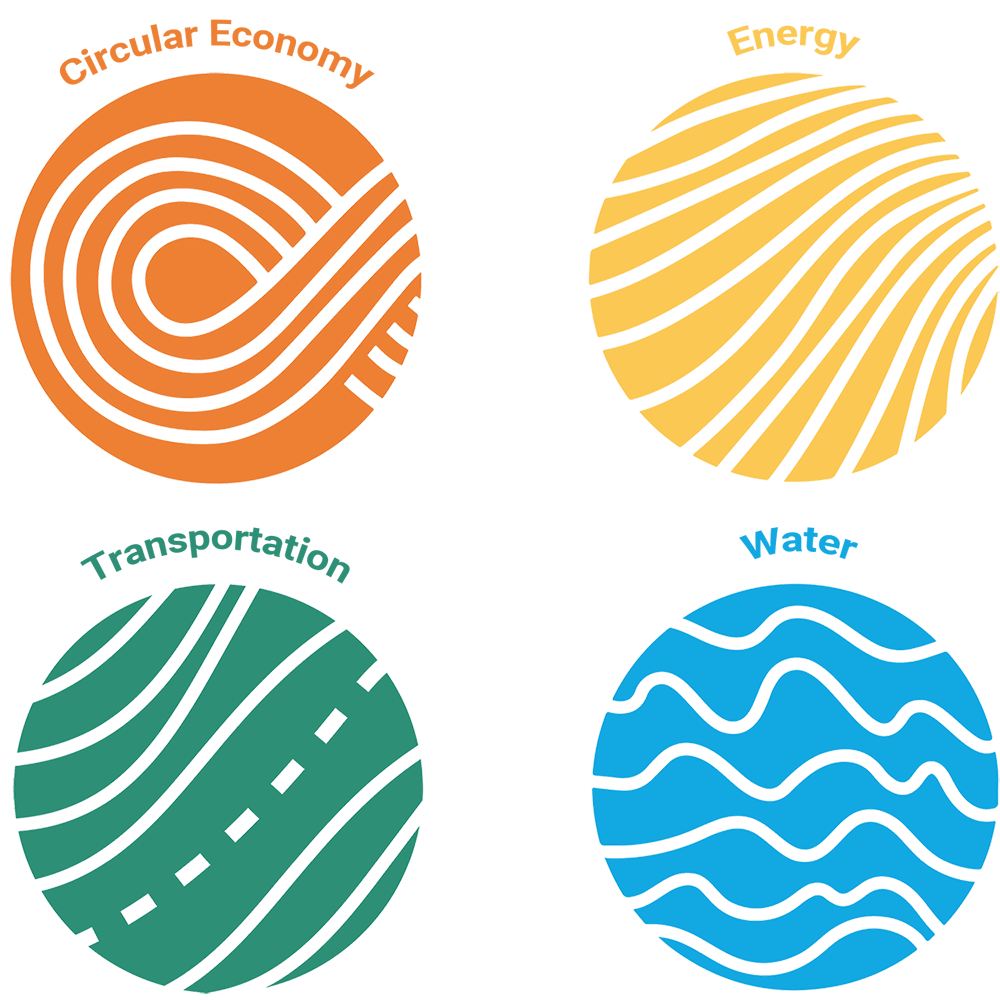
50 YEARS OF ENVIRONMENTAL ACTION
Pollution Probe was founded in September 1969 by University of Toronto students and professors, in the wake of a CBC documentary called The Air of Death that highlighted the damaging impacts of air pollution on human health.
Over the past 5 decades, Pollution Probe has been at the forefront of progress on a range of environmental issues. Progress on many of these issues took decades of hard work to achieve. Our roles included forming partnerships and coalitions with other environmental groups, health organizations, leading industry players, academics, and dedicated public servants. Political champions also played influential roles, as did the media and the public.
2020 AND BEYOND: CONTINUING OUR LEGACY
We pursue environmental gains by working productively with governments, industry and the public, with a steadfast commitment to Clean Air, Clean Water, and a Healthy Planet.
We engage people as thinkers to nurture and act on areas of consensus. Our niche in the environmental movement lies in our systems approach, which embraces three principal drivers for progress.
TECHNOLOGY AND INNOVATION
RULEMAKING
BEHAVIOURAL CHANGE
THOUGHT
LEADERSHIP
TAKING
ACTION
PUBLIC
ENGAGEMENT
Our Vision
Our Mission
Our Values
- Use sound science
- Engage in productive partnerships
- Foster and facilitate multi-stakeholder collaboration
- Listen respectfully and learn from others
- Seek solutions that are fair and equitable for all Canadians
- Maintain our independence in defending human health and the natural environment
Our Domain
CIRCULAR ECONOMY
Accelerating the transition from a traditional “take-make-waste” linear economy to a circular economy, where waste is minimized by design, and products and materials are reused, remanufactured, refurbished, and recycled.
Projects and Initiatives
Plastic Pollution
We will focus our efforts on selected actions that contribute to ending pollution from the entire plastic value chain by:
- Leading the expansion of the Great Lakes Plastic Cleanup, together with the Council for the Great Lakes Region, to gain a full understanding of the types and sources of plastic pollution in our water, and to build an engaged community committed to taking action on plastic pollution.
- Piloting and testing new litter capture and recovery technologies, with a focus on preventing plastic waste from reaching freshwater systems, collecting data, and educating the public.
- Spearheading the creation of an interactive Plastics Pathway, with the Toronto Zoo and Green Mantra, for the more than 1.2 million annual visitors to the Zoo. As an educational journey from production to end-of-life, the Pathway will examine the impact of plastic waste on the environment and wildlife while showcasing solutions being developed to end plastic pollution.
- Pushing for regulations to eliminate pre-production plastic pellet or “nurdle” loss into the environment during manufacture or transport, with the Chemistry Industry Association of Canada as well as academics at the University of Toronto and Western University.
- Working to end pollution from plastic packaging in our role as an implementation partner for the Canada Plastics Pact.
Nutrient Management
- Developing and hosting a research, education and technology platform to accelerate nutrient recovery and reuse in Canada.
ENERGY
Supporting the transition to a net-zero energy system through community engagement as well as regulatory, policy and market reform.
Projects and Initiatives
Innovation
- Promoting collaboration and experimentation on policy and regulatory modernization.
- Working with provincial energy regulators and policy makers to fast track the introduction of net-zero technologies.
- Advocating for integrated energy planning that considers all appropriate technologies.
- Helping communities identify and introduce new energy services that reduce emissions.
- Advocating for the deployment of non-emitting energy resources, including energy efficiency.
Clean Heat
- Preparing a Sustainable Heating Roadmap for Ontario.
- Researching and advocating for the use of new heating solutions.
- Working to incorporate energy-efficient heating solutions.
Supporting People and Communities
- Updating our Primer on Energy Systems in Canada.
- Improving community engagement through our Energy Ambassadors project.
- Conducting research on people’s priorities in the energy transition.
- Producing blog posts, hosting webinars, and updating our Visualizing a Clean Energy Future website.
- Engaging with youth and marginalized communities on improving energy literacy.
TRANSPORTATION
Developing transportation solutions that reduce air pollution and help achieve Canada’s net-zero greenhouse gas emissions target.
Projects and Initiatives
Personal Transportation
- Assessing impacts of the telecommuting trend fueled by COVID-19 for the City of Toronto and other municipalities.
- Delivering an $8M national electric vehicle (EV) charging station funding program, in cooperation with Natural Resources Canada, that will support hundreds of new charging stations from coast to coast.
- Developing a comprehensive strategy for the electrification of school bus fleets in Ontario, in partnership with the Trottier Foundation.
Freight
- Assessing and promoting decarbonization pathways for Canada’s rail sector, in partnership with Transport Canada and the rail industry.
- Helping to develop solutions and best practices for the rollout of zero-emission freight trucks, in cooperation with the Government of Canada and the trucking sector.
- Working with governments and industry on decarbonization pathway initiatives for additional transportation sectors, such as maritime shipping.
Clean Transportation Policy
- Working with municipalities to promote low-carbon mobility options such as active transportation, urban transit, and EV usage.
- Researching and promoting new policies and measures in support of Canada’s 2035 target of 100% EV sales for passenger cars and trucks.
- Exploring ways to support the uptake of zero-emission vehicles, by incorporating social factors such as human health impacts and equity.
- Continuing to build research partnerships with leading transportation-focused academic bodies, such as the University of Toronto’s Transportation Research Institute.
WATER
Protecting Canada’s water resources through policy and collaborative initiatives that reduce pollution and resolve other environmental threats to our waterways.
Projects and Initiatives
Plastic Pollution in the Great Lakes
- Doubling the number of marinas participating in the Great Lakes Plastic Cleanup on the Canadian side of the lakes, in partnership with the Council of the Great Lakes Region.
- Supporting the establishment of at least nine capture and recovery sites on the U.S. side, in partnership with the Council of the Great Lakes Region.
- Helping to implement similar initiatives on the west and east coasts of Canada.
Improving Water Quality
- Working with the Council of the Great Lakes Region to develop and host a predictive modelling tool to anticipate environmental impacts, and improve watershed management and adaptive decision-making in the lakes.
- Reviewing historical and current versions of the Great Lakes Water Quality Agreement, in preparation for its 50th anniversary, to prepare recommendations for strengthening the Agreement’s objectives, structure, and governance.
- Advocating for the creation of an independent Canada Water Agency to effectively coordinate federal, provincial, territorial, and Indigenous action for clean water.
Contact Us
Support Our Work
Pollution Probe is a registered Canadian charity (BN 108092701 RR0001) with a proven track record of working in partnership with industry and government to build practical solutions for shared environmental challenges.
We are a donor-based organization, and maintain a practical, independent perspective by drawing upon the financial support of a broad spectrum of individuals.
With your support, we can continue our work towards clean air, clean water and a healthy planet for all Canadians.

